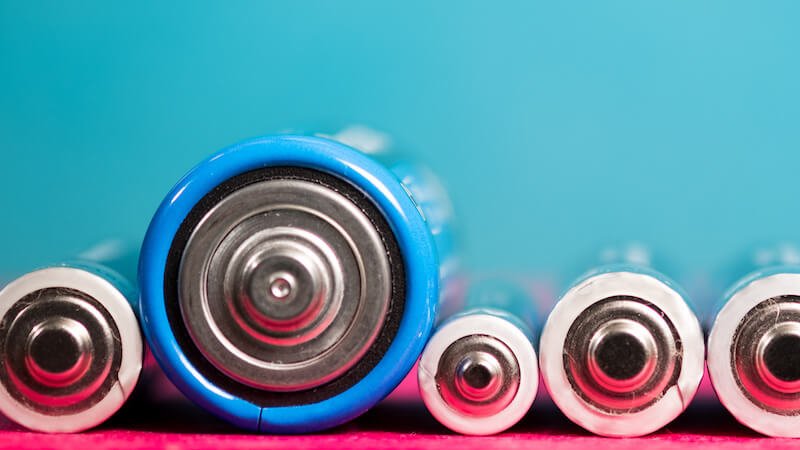
Researchers have developed a method to create a battery in the form of carbon-based electrodes from chicken fat. These form the basis for supercapacitors that are intended to power LED lamps, among other things.
In the context of climate change, researchers are experimenting with better ways to recycle waste. After all, there are much more sustainable and sensible alternatives to incineration. This was recently demonstrated by US scientists.
They developed a method to turn chicken fat into electrodes for supercapacitors. This sustainable alternative to conventional materials such as graphene promises a cost-effective and environmentally friendly solution for energy storage.
The process shows comparatively good energy storage capacity and uses organic waste for green energy applications. The approach could solve both the cost and environmental problems of existing storage technologies while increasing their performance and efficiency – and all this with a material that is generated every day as a waste product.
Battery made from chicken fat to power LED lamps
As the world transitions to sustainable energy, the need for energy storage devices is also increasing. Traditional materials for these devices are often expensive and harmful to the environment. One way to overcome these challenges is to create alternative energy storage devices from waste.
Researchers have now developed a method to convert chicken fat into carbon-based electrodes for supercapacitors. The output should be sufficient to power LED lamps. The process is based on inexpensive and abundant resources to reduce environmental impact at the same time.
The researchers used a gas flame gun to extract fat from a chicken as a test and burned the melted oil with a flame. The resulting soot turned out to be carbon-based nanostructures.
Supercapacitor electrode with comparatively good properties
The team used these to produce supercapacitor electrodes. The nanostructures had high capacity, durability, and energy and power density. By treating the carbon nanoparticles with thiourea, the researchers were able to further improve the electrical properties.
In an initial test, the new supercapacitors performed well. They enabled the charging and operation of simple LEDs. The results underline the potential of using food waste such as chicken fat as a carbon source for greener energy. The process could be particularly useful in resource-poor areas.
Also interesting:
Source: https://www.basicthinking.de/blog/2024/06/26/huehnerfett-batterie/


